Outbound Marketing: How to Do It Right & Examples
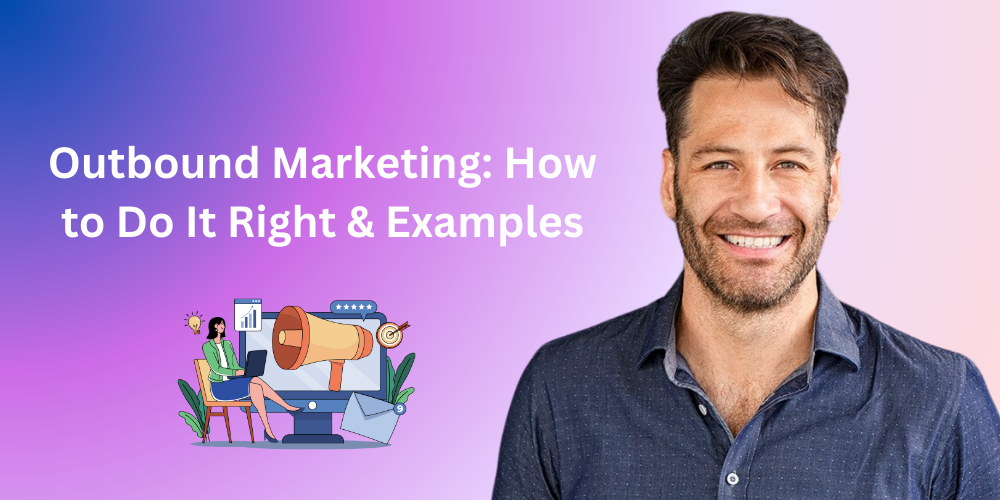
Most marketers treat outbound marketing like that old sweater in the closet—forgotten until laundry day. But guess what? Outbound marketing still works if you do it right. It's your chance to introduce your brand to people who aren't actively searching for you (yet).
What Is Outbound Marketing?
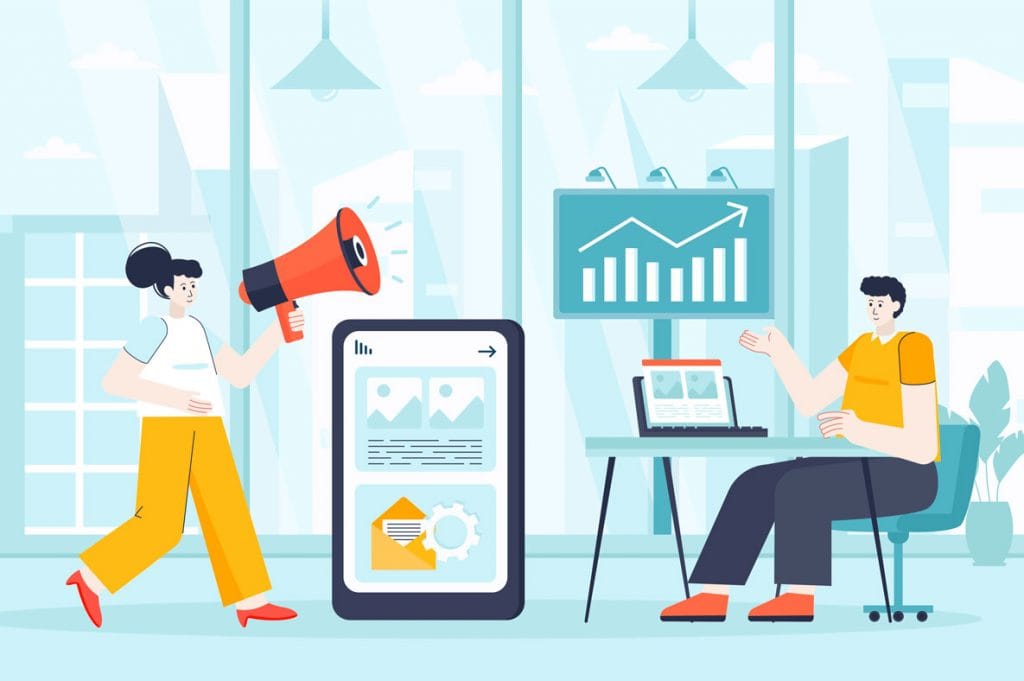
Think of outbound marketing like the digital version of cold-calling—but with better clothes and smoother lines. It’s you making the first move. Instead of waiting for customers to find you (like in inbound marketing), you go to them. Yes, sometimes it feels like you’re knocking on a stranger’s door during dinner—but when done right, outbound can still open doors.
Outbound marketing is all about pushing your message out to a broad or targeted audience, whether they asked for it or not. The goal? Grab attention, spark curiosity, and drive action.
Why Does Outbound Marketing Get a Bad Rap?
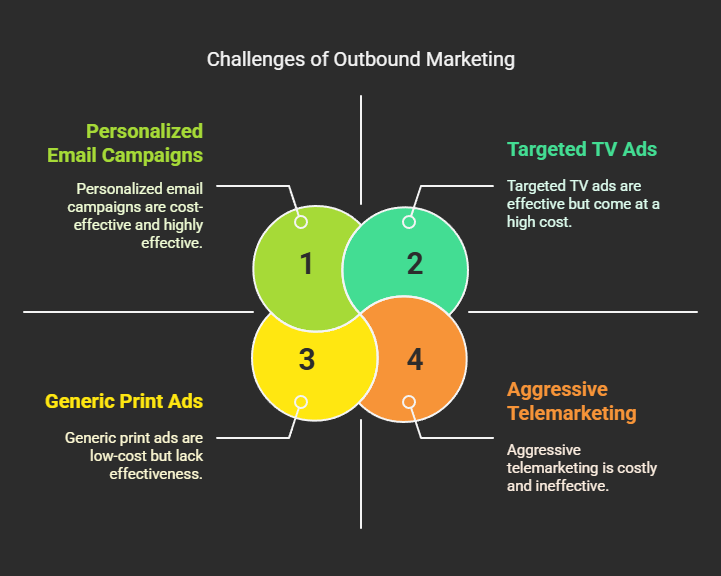
outbound marketing has a bit of a PR crisis. Ask most people what they think of cold calls or pop-up ads, and you’ll probably get an eye roll or a groan. It’s not that outbound marketing is ineffective; it’s just been... poorly executed a few too many times.
Here’s why outbound marketing often ends up in the doghouse:
- It’s Expensive
TV spots, radio ads, print placements—traditional outbound tactics can cost a small fortune. And if you don’t get your targeting right? That’s money you may never see again. - It Can Feel Intrusive
Nothing says "rude awakening" like a telemarketer interrupting your dinner, or an aggressive YouTube ad blaring at max volume. When outbound interrupts instead of invites, it backfires. - It’s Not Always Targeted
Ever wondered why you keep getting diaper ads when you don’t have kids? Bad targeting. Without proper segmentation, outbound can waste both your budget and your prospect’s patience. - It Lacks Trust
Consumers today are smart. They want relationships, not random offers from strangers. Cold outreach often screams “sales pitch” before building any real connection. - It Converts Lower Than Inbound (Usually)
Compared to inbound marketing (where leads come to you), outbound campaigns often see lower conversion rates—especially if you're not optimizing your messaging.
But here’s the thing: outbound marketing isn’t dead—it just needs a glow-up. When done with strategy, creativity, and empathy, outbound can absolutely drive leads and revenue. It's all about choosing the right channels, personalizing your approach, and showing up where your audience actually wants to see you.
So don’t ditch it—refine it.
Now, let’s look at outbound marketing strategies that actually work (and won’t get you blocked, ghosted, or cursed at).
9 Outbound Marketing Strategies to Use (Without Being "That Guy")

Outbound marketing doesn’t have to feel like digital door-to-door sales. With the right approach, you can connect, not annoy. Here’s how to make outbound work without getting blocked, unsubscribed, or mentally filed under “Ugh.”
1. Cold Emailing
Cold emailing still reigns as the king of cost-effective outbound strategies—if you don’t mess it up. The trick? Be helpful, not creepy.
- Keep your list clean—no one wants to email a ghost or a spam trap.
- Subject lines matter: “Quick question” works better than “DON’T MISS OUT!!!”
- Personalise your emails. “Hey Mark” beats “Dear Sir/Madam” any day.
- Split test everything. Your gut may be lying.
- Always include a clear CTA. Even better if it sounds human (“Want me to send over a quick demo?”).
🔥 Pro tip: Use leadplay.io to run LinkedIn outreach campaigns that feel personal, not pushy. It’s like cold email’s smarter cousin.
2. Search Ads
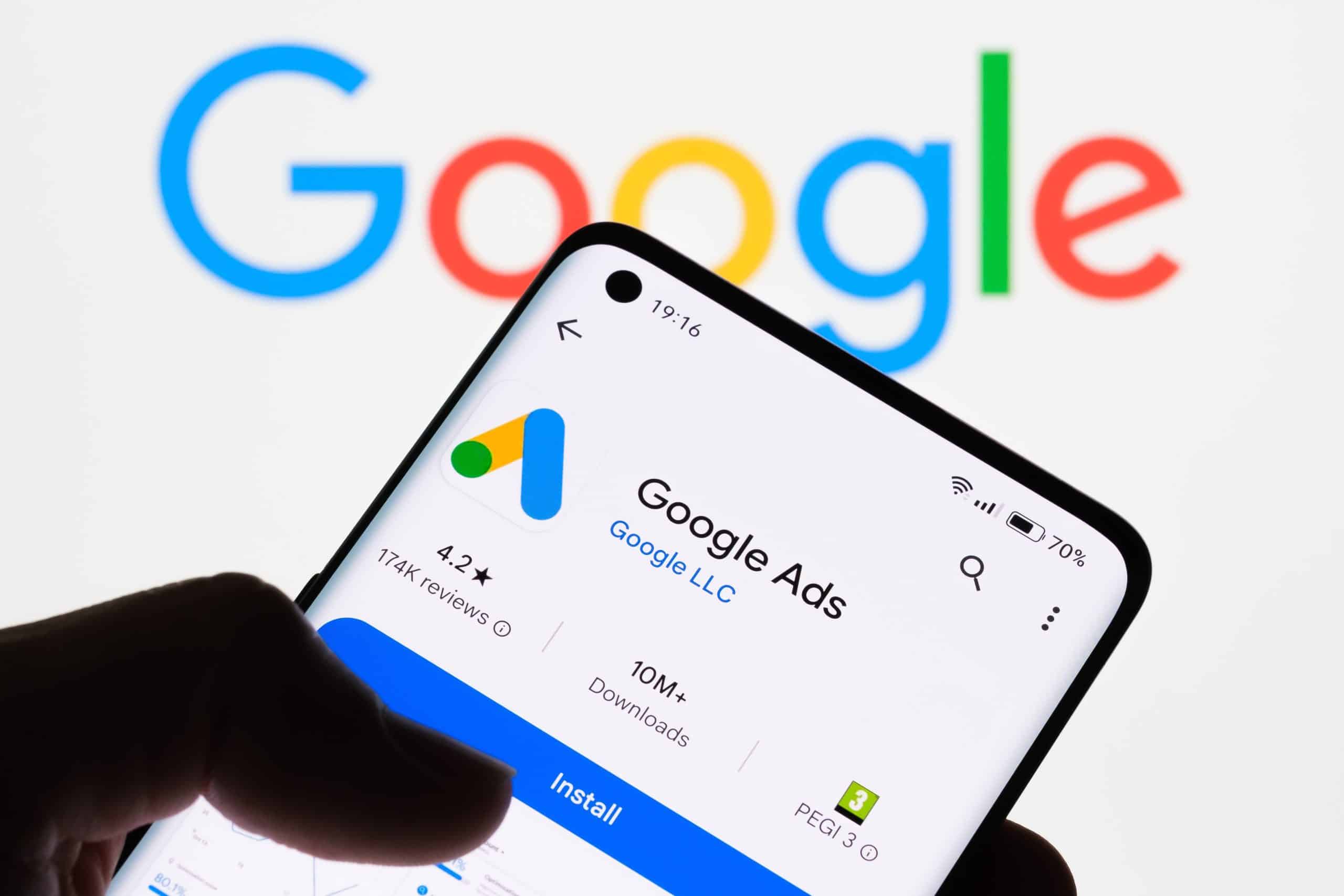
Search ads put your offer in front of people who are already hunting for a solution. No need to convince them—they’re already interested.
- Choose high-intent keywords. Think "buy blue running shoes," not "running."
- Budget wisely. Small businesses don’t need to compete with Nike.
- Watch click-through rates and optimise landing pages.
- Use ad extensions (location, reviews, pricing) to boost visibility.
Done right, search ads are like setting up shop in the busiest digital street corner.
3. Social Media Advertising
This one’s for the stalkers—I mean, the data-driven marketers. With platforms like Facebook and LinkedIn, you can target people with laser accuracy.
- Want to reach CFOs at fintech startups in Berlin who love croissants? Done.
- Use carousel ads, lead forms, video, or even memes—test what works.
- Don’t just spray and pray—run retargeting campaigns too.
And yep, leadplay.io handles automated LinkedIn outreach so your brand stays visible without you lifting a finger.
4. Direct Mail

Believe it or not, snail mail makes a big impression in a digital world. Physical stuff feels real—like handwritten notes, postcards, or weird-shaped boxes that make people go, "What the heck is this?!"
- Use design to stand out (no Microsoft Word flyers, please).
- Add QR codes or custom URLs to track conversions.
- Include a strong offer—discount, demo, exclusive invite.
Combine it with digital follow-ups for best results. Think of it as the marketing mullet: physical in front, digital in the back.
5. Events, Webinars, and Trade Shows
Face-to-face (or webcam-to-webcam) marketing still crushes it when building trust. Whether it’s a fancy trade show booth or a casual webinar in your hoodie, these are golden for lead gen.
- Make registration super easy—don’t ask for a blood sample.
- Promote the event weeks in advance across all channels.
- Offer replays for folks who miss it.
- Follow up with attendees (yes, even Bob who didn’t show up).
And if you’re handing out pens at trade shows, make them nice ones. Nobody wants a pen that stops working halfway through your name.
6. Cold Calling

Yes, people still do this. And it still works—if you don’t sound like a scammer.
- Use AI-powered dialers to avoid awkward pauses or wrong numbers.
- Scripts should sound human and helpful—not like you're reading off a teleprompter from 1997.
- Respect time zones (don’t call New York at 6am because it’s noon in London).
- Treat every call like a conversation, not a pitch.
Even if 90% hang up, that 10%? Pure gold.
7. Traditional Media Ads
Radio, TV, newspapers—they're still a thing. Especially if your audience isn’t glued to TikTok 24/7.
- Local TV or print still works wonders for community-based businesses.
- Make your ad stand out—humour, visuals, or a jingle people can’t unhear.
- Time your spots well (nobody's watching daytime TV on purpose).
If your grandma might see it, it better be good.
8. Publicity and News Releases

Free publicity beats paid ads when done right.
- Find your angle: a product launch, major hire, funding announcement.
- Don’t blast a generic press release—tailor pitches to journalists.
- Be responsive and helpful. If you ghost the media, they’ll ghost you back.
A little press goes a long way—especially when it lands in outlets your target audience actually reads.
9. Video Ads
Let’s face it—everyone’s watching something. Might as well be your brand.
- Keep videos short. Think TikTok, not TED Talk.
- Hook people in the first 3 seconds. No one has time for slow intros.
- Add captions for silent watchers (aka, everyone at work).
- Test different formats—stories, reels, pre-rolls.
Video = emotion. And emotion sells.
Examples That Got It Right
Outbound marketing doesn’t have to be cringey, spammy, or stuck in the past. When done with creativity, empathy, and solid strategy, it can break through the noise and actually make people want to engage. Let’s take a look at a few standout campaigns that prove outbound marketing can be clever, memorable, and yes—even enjoyable.
1. PayPal’s Email Campaign – “Let’s Split the Bill”
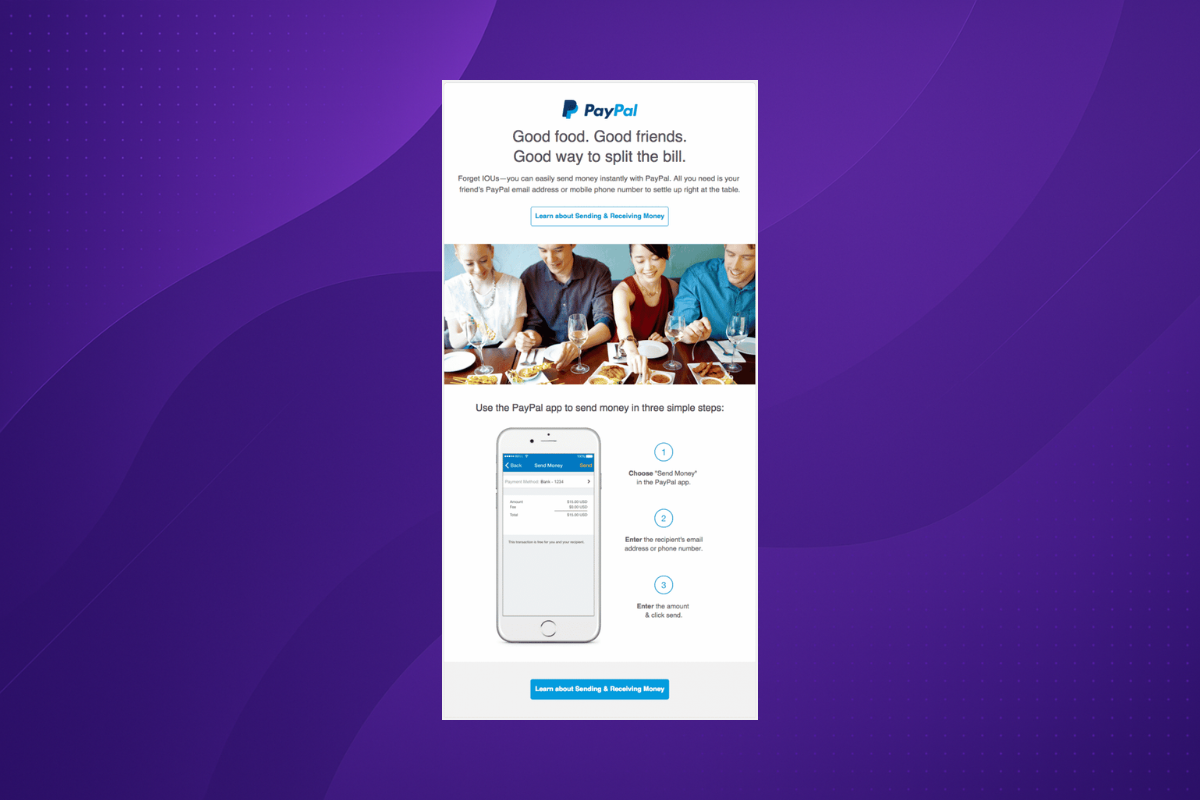
PayPal nailed it by addressing a common social dilemma: how to split restaurant bills without turning it into a math exam. Their email campaign was short, friendly, and included a three-step process to make bill-splitting painless. It even had a casual tone that made you feel like a friend was texting you. That’s what outbound email done right looks like.
2. Axis Modular Trade Booth – Building Curiosity
Axis took their trade show booth to a whole new level—literally. They designed it like a giant modular Lego set. It drew in passers-by, sparked conversations, and made their brand memorable. It wasn’t just about showing up—it was about standing out, and it worked.
3. WMF Knives Print Ad – Cutting Through the Noise
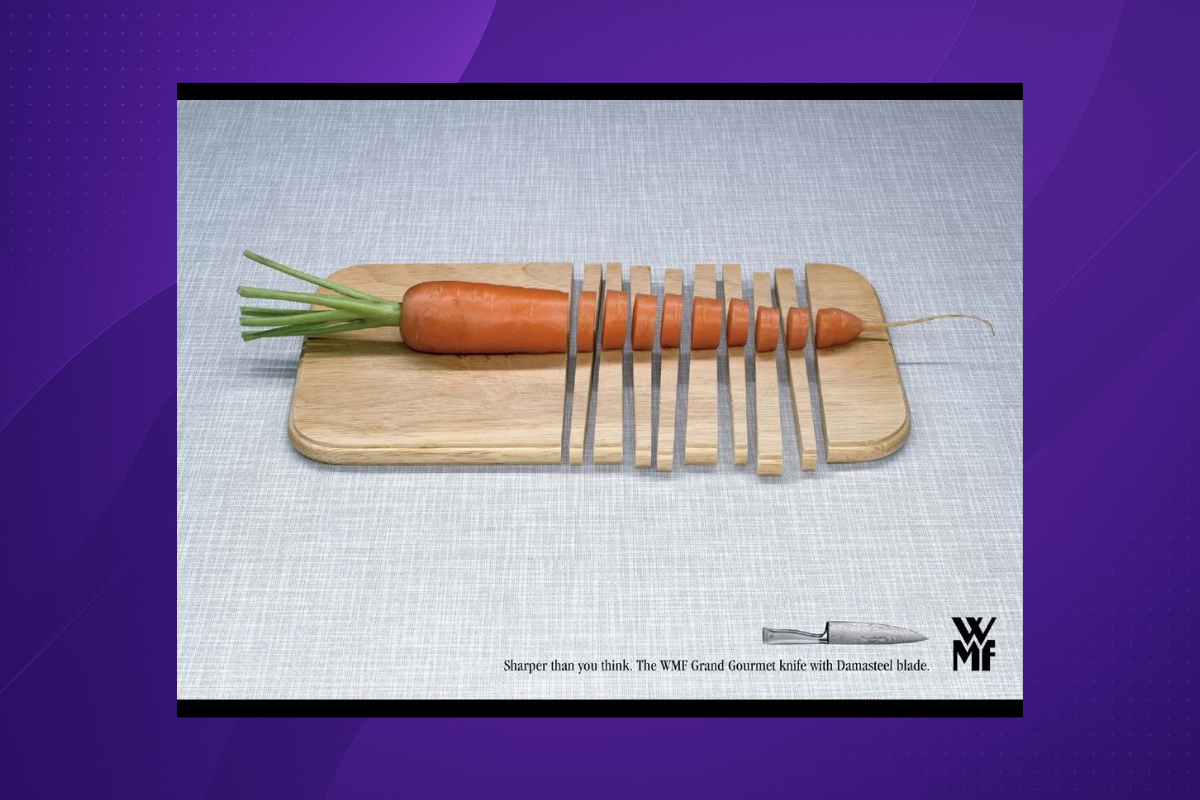
WMF ran a print ad showing one of their knives slicing through a metal frying pan. Is it realistic? Nope. Is it eye-catching? Absolutely. This exaggerated visual was a clever way to say, “Our knives are ridiculously sharp.” It stopped readers in their tracks—exactly what a print ad is supposed to do.
Top Tools to Make Outbound Marketing Easier
Check out these tools:
1. Leadplay.io – LinkedIn Prospecting on Autopilot
Tired of sending connection requests one-by-one? leadplay.io is your new best friend. It automates LinkedIn prospecting so you can focus on responses instead of copy-pasting messages all day. It’s like cloning your best-performing SDR—without needing extra office chairs.
- Build targeted campaigns by industry, title, or location
- Schedule drip messages that don’t sound robotic
- View campaign performance in real-time dashboards
If you’re serious about B2B lead gen, this is a no-brainer.
2. HubSpot CRM – The Friendly Giant
HubSpot’s free CRM packs a punch for teams of all sizes. It helps manage contacts, track deals, and run email sequences without the “where-did-I-put-that-lead” chaos.
- Visual sales pipelines
- Built-in email tracking and notifications
- Contact activity timeline for smarter follow-ups
Oh, and it plays nice with most marketing tools.
3. ConstantContact – Email Marketing That Doesn’t Suck
This tool is great for businesses who want to build slick newsletters and run nurture sequences without needing a PhD in email.
- Drag-and-drop email builder
- Hundreds of templates (aka, no more blank-screen panic)
- List segmentation and automation workflows
Whether you're sending a product update or a “we miss you” email, ConstantContact helps you look polished.
4. LeadPages – Landing Pages That Convert
LeadPages lets you whip up beautiful landing pages faster than you can say “conversion rate.” It’s perfect for campaigns where you need a high-converting page fast.
- Templates designed to drive action
- Mobile responsive by default
- Integrates with your CRM and email stack
Use it to capture leads from your search and social campaigns with zero developer tears.
5. Outreach.io – Your Sales Team’s Secret Weapon
Outreach.io is for serious sales teams looking to scale. It centralises communication, sequences, task management, and analytics in one interface that’s surprisingly easy to use.
- Build personalised, multi-touch sequences
- Track opens, clicks, and replies from a single view
- Coach reps with performance data and templates
It turns your team into a well-oiled outbound machine.
6 Benefits to Convince Your Boss

Here are 6 undeniable outbound marketing benefits that’ll make even the most skeptical boss say, “Let’s do it.”
1. Precisely Target Your Ideal Customers
Outbound marketing isn’t about spraying and praying anymore. With the right tools and data, you can zero in on decision-makers, job titles, industries, and behaviours. That means fewer wasted impressions—and fewer annoyed people asking, “Why did you email me?”
2. Reach More People Than Inbound Alone
Inbound is great, but it waits. Outbound kicks the door open and says, "Hey, you need this." You’re not just waiting for people to search—you’re actively placing your message in front of them wherever they are. Perfect for getting in front of people who’ve never heard of you (yet).
3. Generate Leads Faster
Inbound takes time to ramp up—blogs, SEO, nurture sequences. Outbound? You can start generating leads this week. Cold email and LinkedIn prospecting can move the needle fast when you're under pressure to deliver results.
4. Boost Brand Awareness
Not everyone’s Googling your brand—yet. But outbound gets your name in inboxes, DMs, trade show floors, and even on mailroom desks. Repeated exposure builds familiarity. And familiarity builds trust.
5. Cost-Effective When Tracked Properly
Yes, outbound can get expensive. But with the right tracking in place, you can measure everything—from open rates to call conversions—and improve campaigns based on real data. It’s way more budget-friendly when you cut the fluff.
6. Supports Your Inbound Strategy Perfectly
Outbound and inbound are best friends. Use outbound to drive traffic to your gated content, invite leads to your webinars, or follow up with people who engaged with your blog. It’s like handing your inbound strategy a megaphone.
Inbound vs. Outbound (Quick Cheat Sheet)
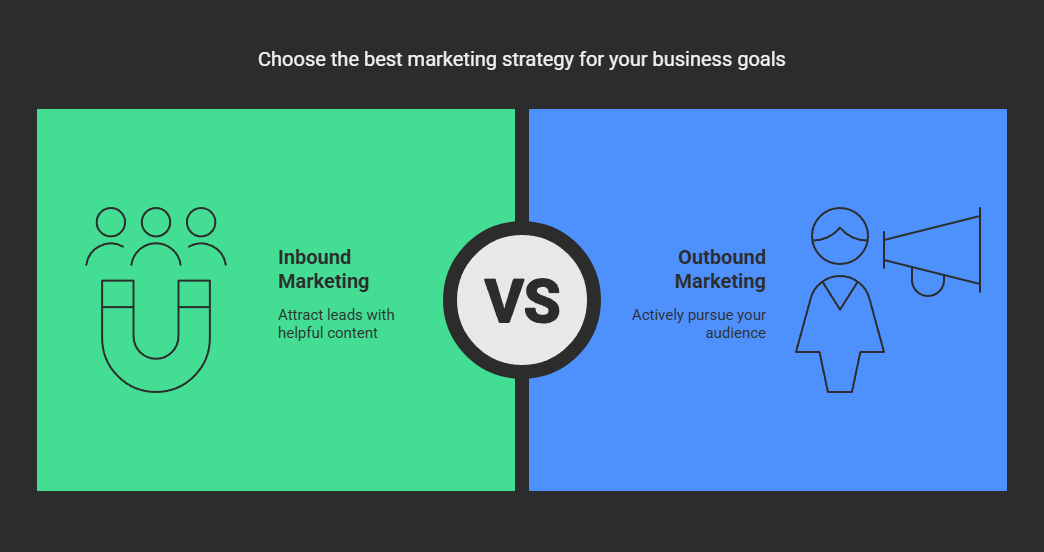
Let’s clear up the confusion. Inbound and outbound aren’t enemies—they’re teammates. Here's how they stack up:
Inbound Marketing
- You attract leads by being helpful and creating content.
- It’s built for the long game—SEO, blogs, newsletters, and lead magnets.
- Leads come to you because they trust your expertise.
- Great for nurturing relationships, building credibility, and organic discovery.
- But…it takes time. Like, grow-a-beard-while-you-wait kind of time.
Outbound Marketing
- You actively go after your audience—no waiting around.
- Includes cold emails, ads, calls, and DMs.
- Gets your name in front of people fast (whether they searched for you or not).
- Great for launching new offers, entering new markets, or generating pipeline fast.
- But…it can get pricey if you don’t monitor it.
Smart marketers use both. Outbound grabs attention. Inbound builds trust. One starts the conversation, the other keeps it going.
Is Outbound Still a Thing ?
Absolutely—and it's not just limping along, it's evolving. Outbound marketing in is smarter, more targeted, and powered by automation tools that do the heavy lifting for you. From AI-powered call routing to intent-driven ad targeting, outbound is shedding its old-school skin.
Consumers today are bombarded with information, and outbound cuts through that clutter. It's a direct line to decision-makers, without waiting for them to stumble across your blog post or eBook.
And let’s face it—Neil Patel still swears by it, and we don’t argue with the digital marketing oracle.
Used right, outbound puts your brand in front of the right people, fast. The key is to avoid being obnoxious. Lead with value, follow up like a human, and always track what’s working.
Moving from Outbound to Inbound?
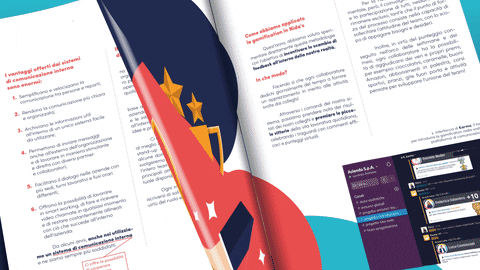
Some people treat outbound and inbound like rival camps—Team Cold Call vs. Team Content. But smart businesses know better: the real power is in combining both.
Think of outbound as the first handshake—it starts the conversation, gets attention, and puts you on someone’s radar. Inbound is the warm follow-up that builds the relationship, nurtures trust, and turns a curious prospect into a loyal customer.
Here’s how the handoff works:
- Use outbound to get leads into your funnel.
- Use inbound to educate them with helpful content.
- Then keep both running side-by-side. Outbound keeps the pipeline flowing. Inbound keeps it converting.
This combo lets you scale faster without sacrificing quality.
Conclusion
Outbound marketing isn’t some relic from the past—it’s still one of the most powerful ways to connect with prospects, especially when paired with inbound. It's how you introduce yourself, get noticed, and stay top of mind in a crowded space.
Used alone, outbound can drive fast results. But combined with inbound? That’s when things get really interesting. You’re not just chasing leads—you’re guiding them. With outbound doing the outreach and inbound building the relationship, you create a full-circle marketing machine.
So no, you don’t need to choose between cold emails or content marketing. Use both. Start conversations, build connections, close deals.
And if you’re overwhelmed by it all, tools like leadplay.io are here to take some of the pressure off. They automate the boring stuff so you can focus on what matters—building real relationships and driving growth.